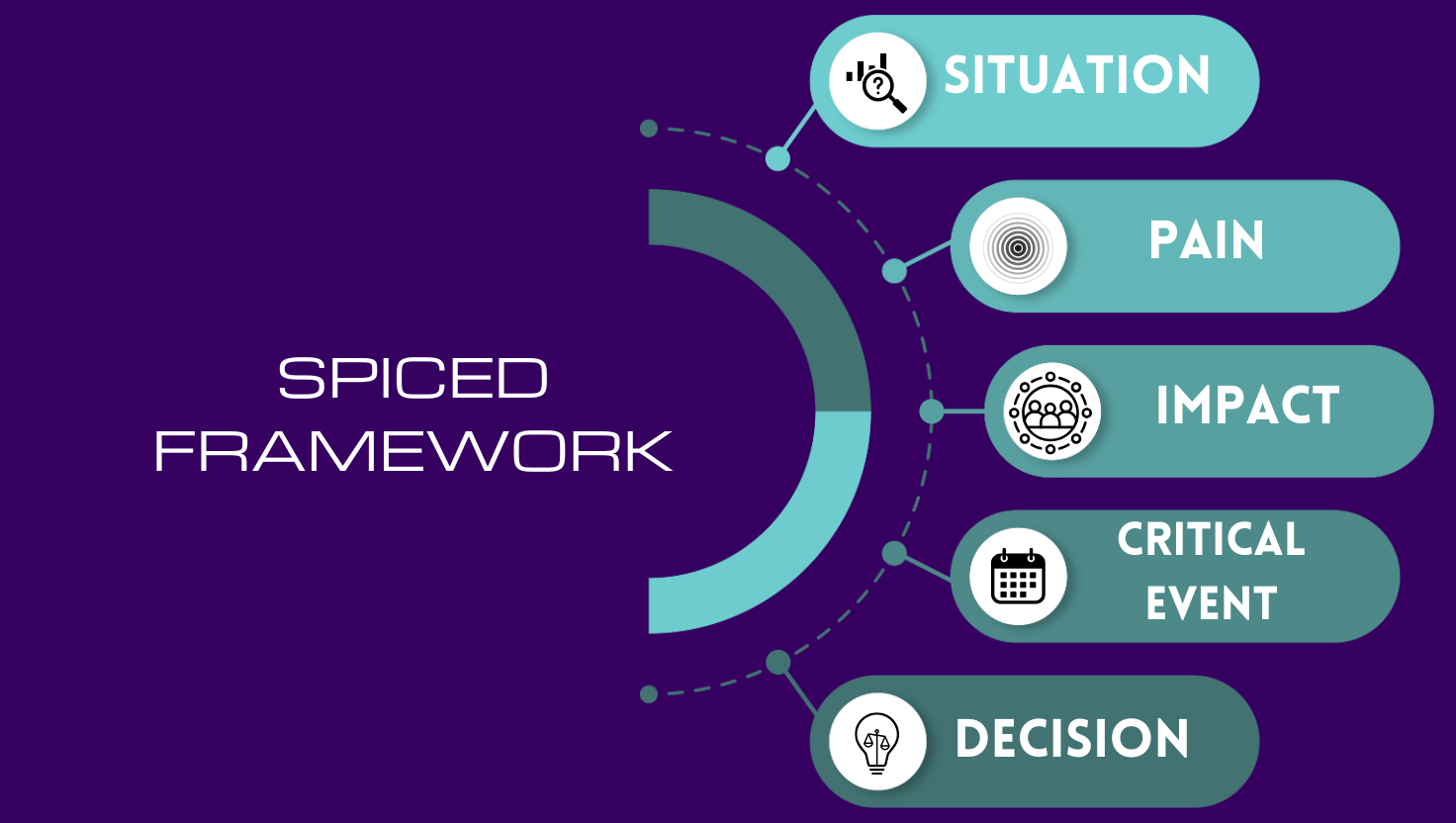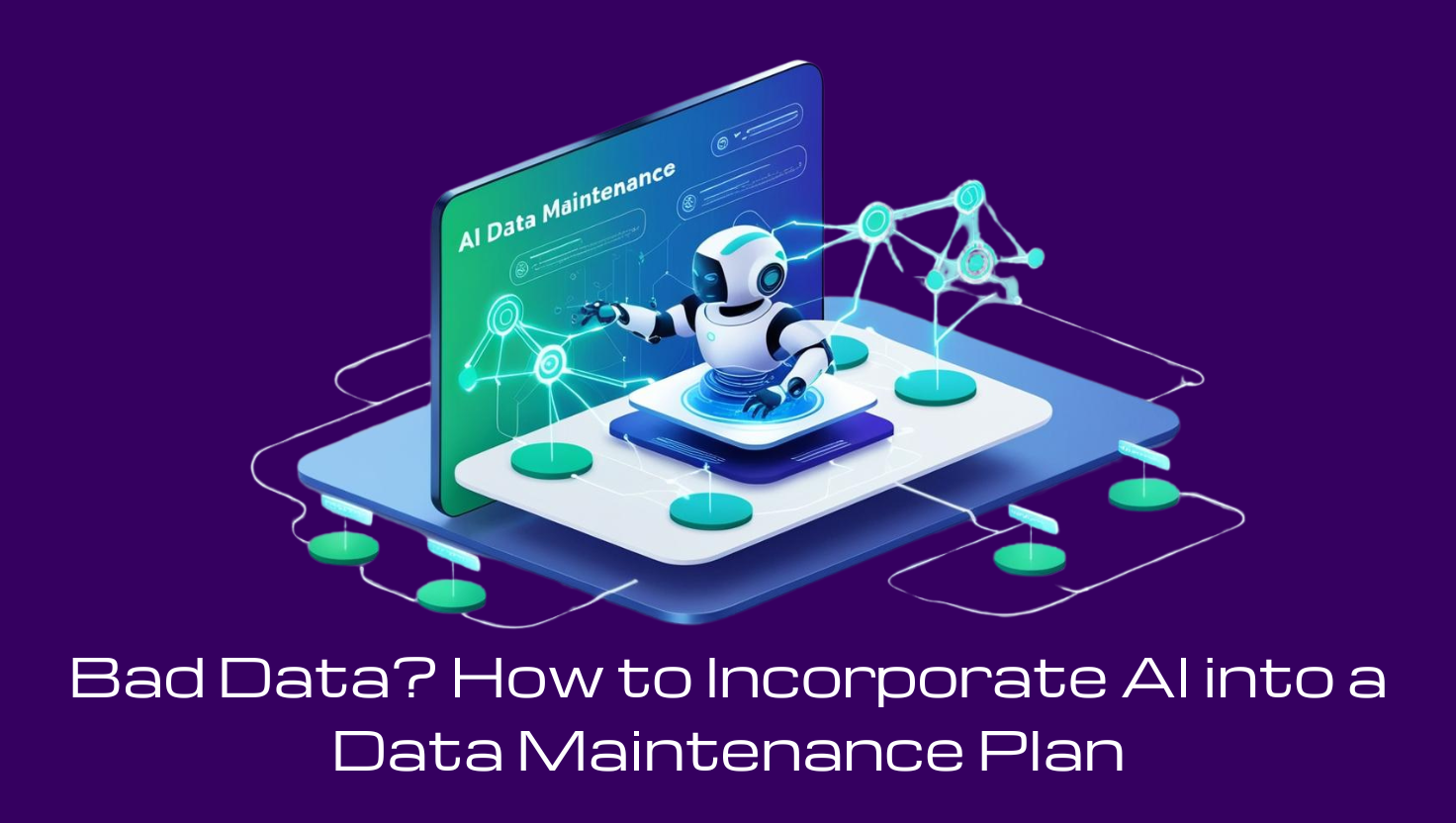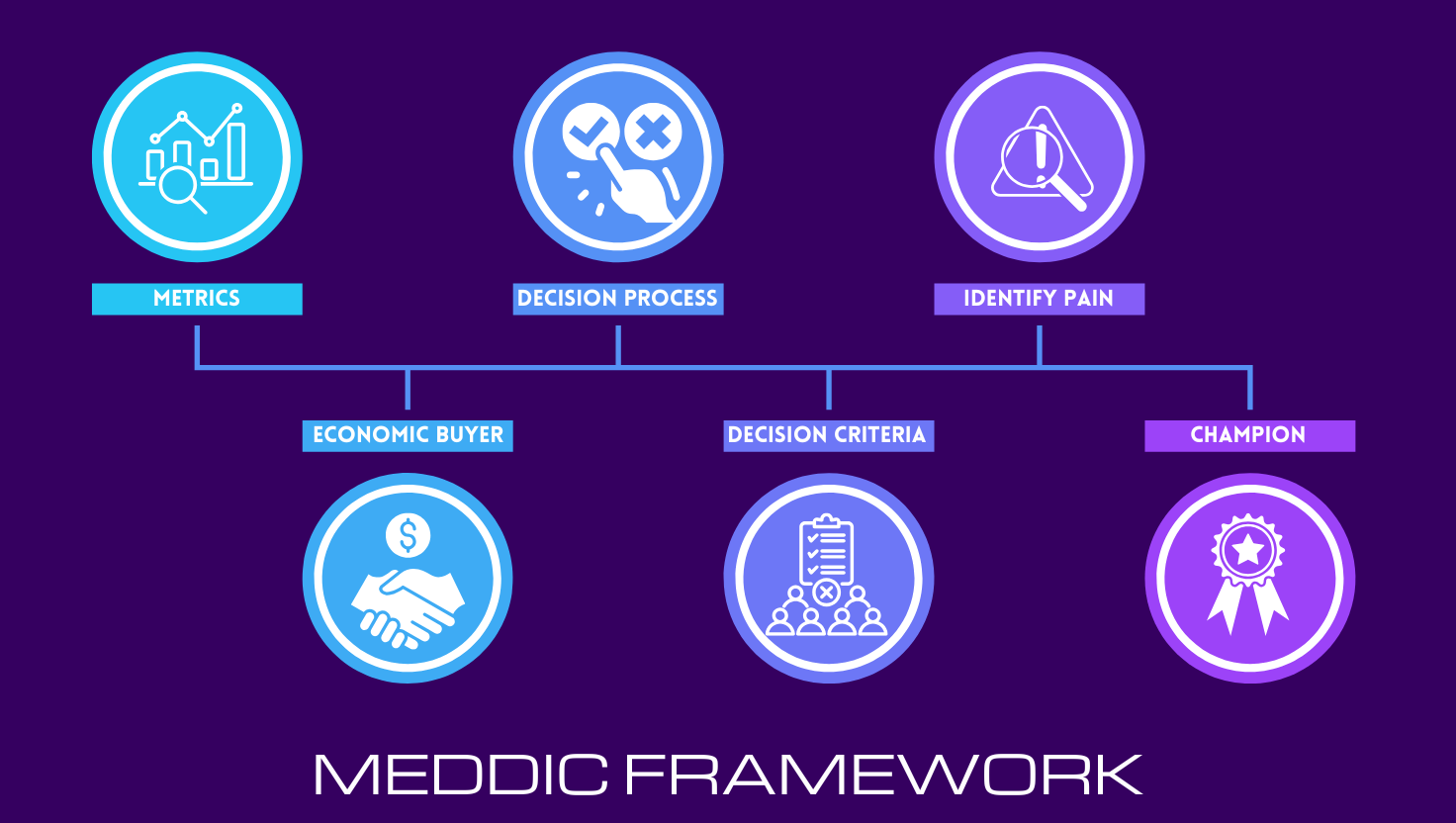How Do You Define a Prospect?
One of the first challenges a revenue executive often faces in a new role is CRM chaos —messy data, misaligned teams, and conflicting definitions of leads. One of the most foundational (yet often overlooked) issues is how your organization defines a prospect. Without a shared definition, sales and marketing operate in silos, forecasting becomes unreliable, and revenue teams waste time chasing the wrong leads. Let’s fix that.
Why Defining a Prospect Matters
A prospect isn’t just a random name in a database—it’s a potential customer who fits your Ideal Customer Profile (ICP) and has shown at least some level of interest. However, if sales, marketing, and customer success don’t agree on what makes someone a prospect, it creates friction, confusion, and inefficiencies in your revenue operations.
Common symptoms of unclear lead definitions include:
- Inconsistent reporting: Marketing says they’ve delivered thousands of MQLs, but sales claims they’re low quality.
- Misaligned pipeline expectations: Deals stall because they were never truly qualified in the first place.
- CRM bloat: Your system is cluttered with leads that don’t belong there, making pipeline forecasting a nightmare.
The solution? Establishing clear, standardized definitions of a prospect—and ensuring every team uses them consistently.
Breaking Down the Sales Funnel: Where Does a Prospect Fit?
Before jumping straight into defining a prospect, let’s align on the broader lead journey within a structured revenue framework.
- Suspect: A broad, unqualified pool of potential customers with no verified intent.
- Prospect: A lead that matches your ICP and has accurate contact information but has not yet actively engaged.
- MQA (Marketing Qualified Account): A prospect who has engaged with your marketing efforts and shown initial interest.
- SQA (Sales Qualified Account): A lead that has expressed a need, been vetted by sales, and is open to a conversation.
- Pipeline: A vetted SQA with a clear buying intent and a timeline for action.
- Closed Won: A committed customer with a signed contract.
How to Define a Prospect for Your Business
To ensure consistency, follow these key steps:
1. Involve Key Stakeholders
Align marketing, sales, and customer success leadership in a working session to establish a unified definition of a prospect. If definitions differ across teams, this alignment will prevent friction down the road.
2. Use Firmographic Criteria
A true prospect should meet strict firmographic (who they are) criteria. This differs from an MQA, who has also significantly engaged with your business (what they’ve done). Examples:
- Firmographic: Industry, company size, job title, geography, revenue, technologies used.
- Behavioral: Website visits, content downloads, webinar attendance, email engagement, live event registration.
3. Document It in Your Salesforce
Once defined, enforce the criteria by setting clear Salesforce fields, workflows, and validation rules. Lock fields where necessary to prevent subjective interpretations.
For example, you may build out a Target Account list and limit the import of Contacts to that list within Salesforce.
For new Accounts, use data enrichment to assess if they are truly relevant prospects.
4. Train Your Teams
Host training sessions to ensure sales, marketing, and customer success teams understand and apply the prospect definition consistently.
5. Monitor and Optimize Over Time
Lead definitions shouldn’t be static. Conduct quarterly reviews to ensure your definitions remain relevant as your market, ICP, and sales motions evolve.
Final Thoughts
Defining a prospect may seem basic, but getting it right unlocks pipeline clarity, improves forecasting accuracy, and enhances cross-team collaboration. By establishing clear criteria, aligning teams, and integrating the definition into your Salesforce, you set the stage for scalable, predictable revenue growth.




